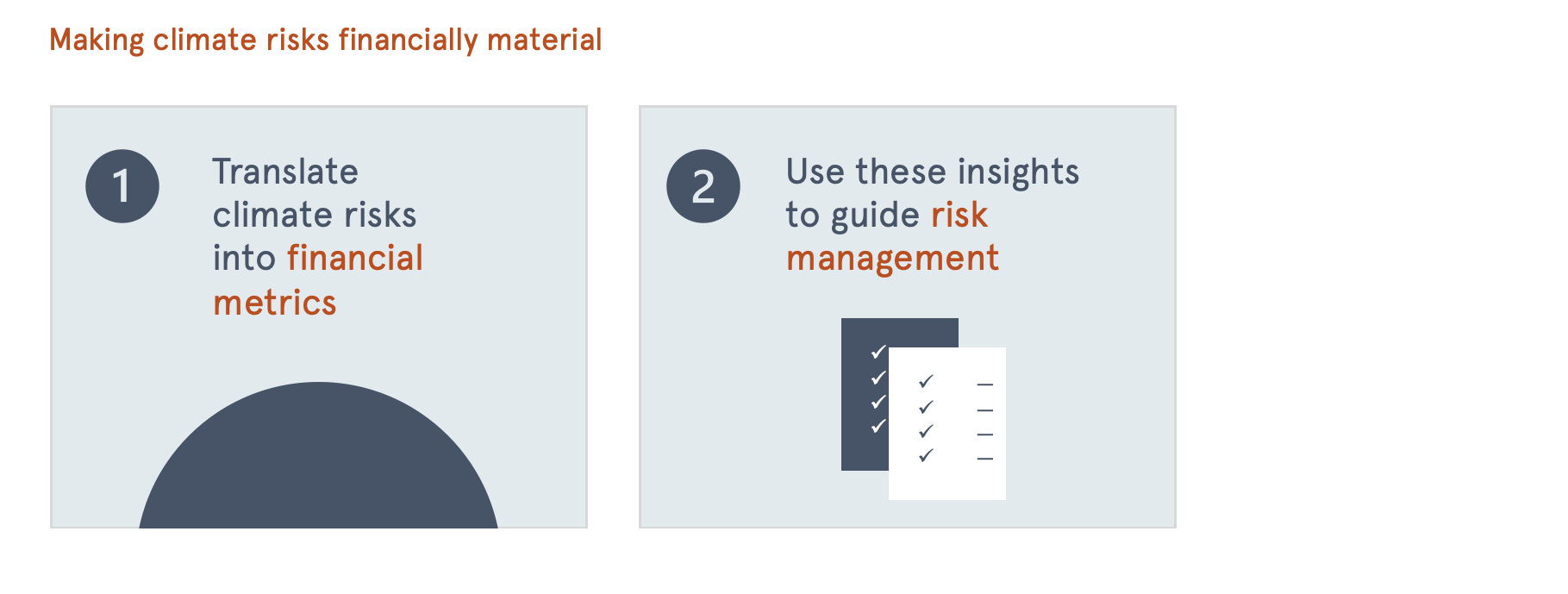
It is undeniable that climate change is reshaping industries, supply chains, and financial markets, and with it comes a new risk landscape. For businesses, the ability to assess, understand, and act on physical and transitional climate risks has become a strategic imperative. Without a structured climate risk assessment, companies are in danger of being unprepared for operational disruptions, regulatory pressures, and shifting consumer preferences, ultimately jeopardising their competitiveness and long-term resilience.
What are climate risks?
Learnings from extreme climate events
Climate disasters, like the Port Klang typhoon, are flooding headline news at an increasing rate. While this demonstrates an example of an acute physical risk, businesses are also exposed to other climate-related challenges.
Regulatory changes, technology shocks and market volatility driven by climate change pose transitional risks to companies. Pre-empting exposures to such risks and adapting promptly is paramount to ensuring long-term resilience and preventing last-minute damage control.
Why are climate risk assessments becoming a hot topic again?
In recent years, climate risk assessments have taken the passenger seat in favour of reporting under the Corporate Sustainability Reporting Directive (CSRD). Efforts have largely been concentrating on preparing for the directive’s first and second waves. Although climate risk is included within the CSRD, the directive’s broad scope requires organisations to distribute resources across a wider range of sustainability topics. Nonetheless, this prioritisation is beginning to shift.
The EU’s Omnibus proposal, currently under negotiation, has introduced ambiguity around the enforcement and interpretation of sustainability reporting obligations, leaving companies uncertain about future compliance requirements. As the scope of the CSRD and EU Taxonomy narrows under the proposal, organisations are seeing resources freed up, prompting a shift from compliance-focused projects towards other sustainability initiatives.
Meanwhile, the transition from the voluntary Task Force on Climate-related Financial Disclosures (TCFD) framework to the voluntary IFRS S2 standard marks a significant shift in climate-related disclosures. While IFRS S2 builds on TCFD’s principles, it introduces more prescriptive disclosure requirements, particularly around scenario analysis, financed emissions, and resilience planning. The shift marks a considerate effort from the EU to consolidate climate-related financial disclosures frameworks. A common response from companies due to the regulatory uncertainty has been to initiate climate risk assessments.
The strategic value of climate risk assessments
As investors, insurers, and financial markets increasingly scrutinise companies’ climate reporting and exposure to climate-related risks, the ability to quantify climate risk assessments is emerging as a powerful tool for business resilience and accessing financing opportunities.

By translating climate risks into tangible financial metrics, such as potential revenue at risk, asset devaluation, and cost of capital impacts, companies can move beyond qualitative assessments and integrate climate considerations into core risk management, capital allocation, and scenario planning.
This shift towards financially material climate risk quantification not only strengthens corporate governance, but also supports the business case for incorporating climate change more widely within the business operating model. Assigning a monetary value to potential risks allows for greater ease in securing financing, mitigating liabilities, and capitalising on the transition to a low-carbon economy.
So why isn’t every company conducting a comprehensive financially quantified climate risk assessment?
- Complexity – Climate risk assessments remain inherently complex due to the interplay of scenarios, scientific uncertainty, data limitations, and evolving regulatory expectations.
- Timeline – The long-term and non-linear nature of climate risks makes it difficult to project financial impacts with the same level of certainty as traditional business risks.
- Data – Assessing physical risks such as extreme weather events and chronic climate shifts, require access togranular climate models and geospatial data.
- Markets & regulation– Businesses must navigate rapidly changing policy environments, technological disruptions, and shifting consumer preferences, all of which vary significantly across regions and sectors.
- Decentralisation – Many companies struggle with data availability and standardisation, particularly when assessing value chains, supplier vulnerabilities, or other indirect financial exposures.
- Multidisciplinary – Qualitative scenario analysis to quantitative financial modelling adds further complexity, as it requires multidisciplinary expertise spanning climate science, economics, finance, and regulatory compliance.

Overcoming challenges of climate risk adoption
While conducting a climate risk assessment may seem daunting, businesses can take 3 practical steps to deliver immediate strategic value without requiring an overwhelming investment in complex modelling. The key is to start small, focused, and pragmatic.
- Mapping risks – A useful entry point is mapping out key physical and transition risks based on a company’s sector, supply chain, and geographical footprint – this can often be done using publicly available climate risk databases and regulatory guidance.
- Stakeholder engagement – Engaging internal stakeholders, such as risk managers, finance teams, and sustainability leads, helps to integrate climate considerations into existing risk management processes rather than treating them as a standalone exercise.
- Gradual progress – Companies can prioritise high-impact risks and explore simple single-scenario-based assessments, gradually building towards more advanced quantification over time.
While simple, these initial steps can help inform decision-making immediately, providing insights that can inform supply chain resilience, capital investment strategies, and insurance considerations.
Building resilience one step at a time
As climate risks continue to reshape industries, businesses that proactively assess and address their exposures will be better positioned to navigate uncertainty. While climate risk assessments may seem complex, taking practical first steps can provide immediate strategic value and lay the foundation for more sophisticated analysis over time.
To better understand your climate risks and develop a tailored approach to managing them, Nordic Sustainability can support you with expert guidance, data-driven insights, and strategic recommendations, including operationalisation.


